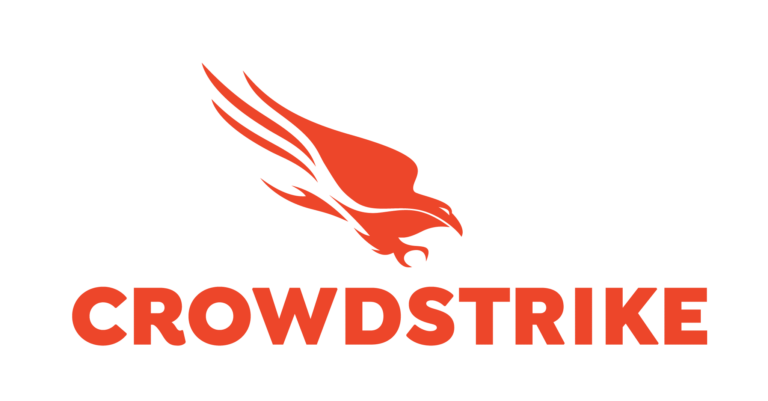Model Collapse – A Looming Threat
In the ever-evolving landscape of artificial intelligence (AI), one of the most concerning threats that researchers and developers face is model collapse. Model collapse occurs when a machine learning model fails to generate diverse and meaningful outputs and instead produces repetitive or nonsensical results. This phenomenon can hinder the progress and effectiveness of AI systems, leading to a loss of user trust and a potential waste of resources. To gain insights into this looming threat, we can examine the recent incident involving Grok, where vulnerabilities in their AI model became apparent.
The Grok’s OpenAI Snafu: Unmasking Vulnerabilities
Grok recently faced a significant setback when their AI model exhibited severe signs of model collapse. Users reported that the AI system, designed to generate text prompts, started producing outputs that lacked coherence and meaningful context. The model became stuck in repetitive loops, regurgitating the same phrases or generating nonsensical responses. This incident unveiled the underlying vulnerabilities in AI systems, highlighting the pressing need for a deeper understanding of the dynamics behind model collapse.
Lessons Learned: Implications for Model Development
Grok’s snafu offers valuable lessons for the AI community, emphasizing the critical need to address the vulnerabilities associated with model collapse. Firstly, it underscores the importance of extensive and diverse training data sets. AI models should be exposed to a wide range of inputs to ensure they learn to generate diverse and coherent outputs. Secondly, the incident highlights the necessity for continuous monitoring and evaluation of AI models. Regular checks can help identify signs of model collapse early on, allowing for prompt intervention and mitigation. Finally, the Grok’s incident demonstrates the significance of transparency and user feedback in model development. Engaging with users and incorporating their feedback can aid in identifying and addressing potential vulnerabilities before they escalate.
Mitigating Model Collapse: Strategies for Enhanced Robustness
To mitigate the looming threat of model collapse, developers must employ strategies that enhance the robustness of AI systems. One approach involves utilizing techniques like reinforcement learning to encourage diversity in output generation. Reinforcement learning can incentivize models to explore different possibilities and avoid repetitive patterns. Another strategy centers around the concept of hybrid models, combining several AI algorithms to leverage the strengths of each while mitigating their weaknesses. Furthermore, increasing the interpretability of AI models can aid in identifying early signs of model collapse. Implementing explainable AI techniques can help researchers and developers understand the reasoning and decision-making processes of the models, enabling them to intervene effectively when collapse is detected.
Model collapse remains a pressing concern in AI development, as demonstrated by the Grok’s incident. By learning from these experiences, researchers and developers can better understand the vulnerabilities and implications associated with model collapse. With a focus on diverse data sets, continuous monitoring, user engagement, and robust mitigation techniques, the AI community can work together to minimize the risks and ensure the development of more reliable and effective AI models in the future.




